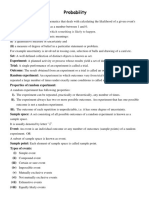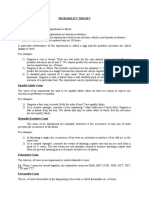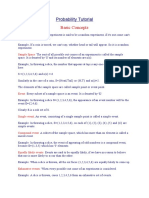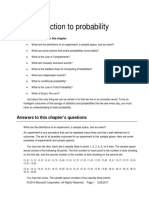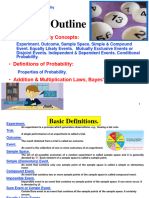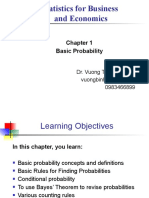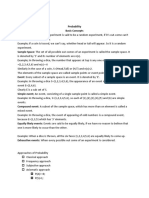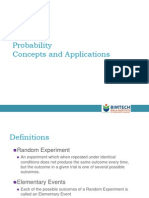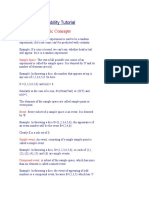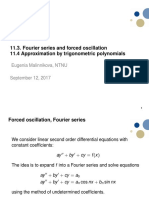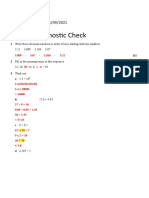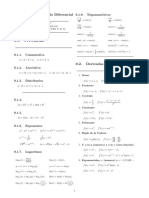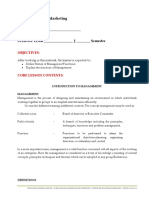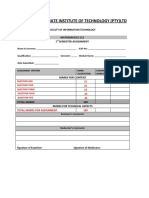0% found this document useful (0 votes)
31 views20 pagesProbability Concepts and Application 2.4 2.6
Thank You!
Uploaded by
Dianalyn BuscaCopyright
© © All Rights Reserved
We take content rights seriously. If you suspect this is your content, claim it here.
Available Formats
Download as PPTX, PDF, TXT or read online on Scribd
0% found this document useful (0 votes)
31 views20 pagesProbability Concepts and Application 2.4 2.6
Thank You!
Uploaded by
Dianalyn BuscaCopyright
© © All Rights Reserved
We take content rights seriously. If you suspect this is your content, claim it here.
Available Formats
Download as PPTX, PDF, TXT or read online on Scribd
/ 20

